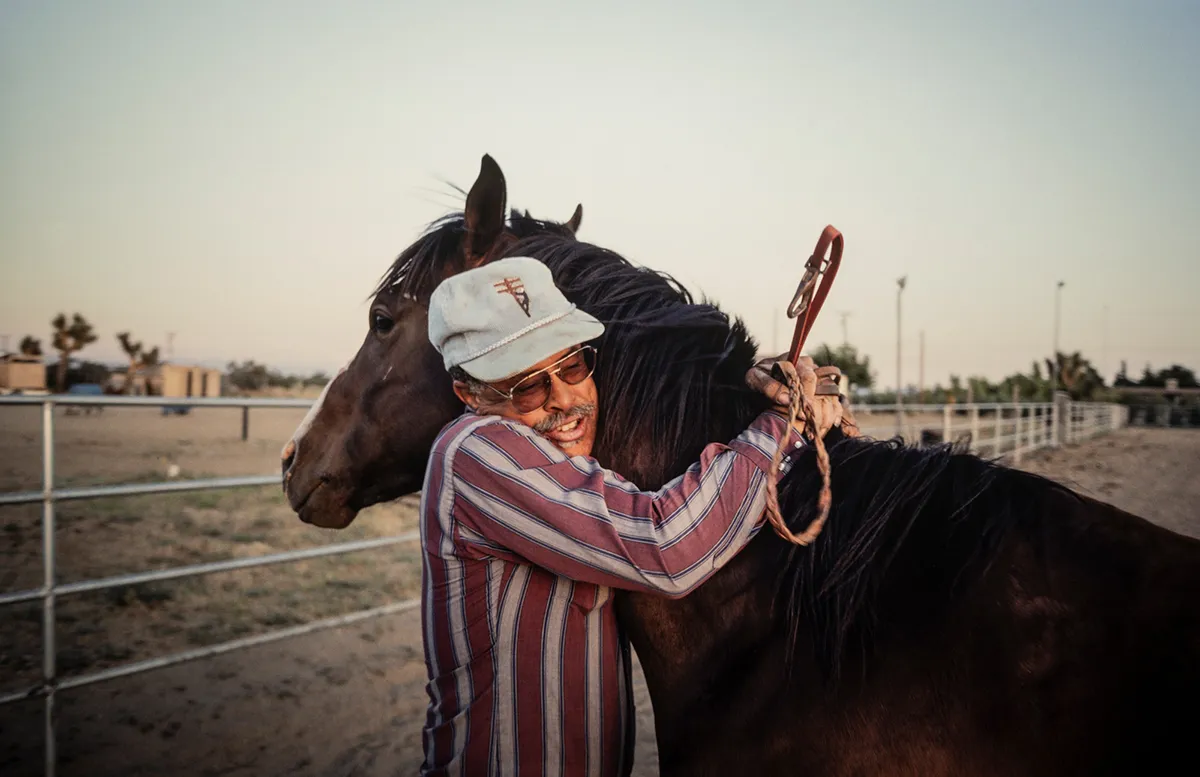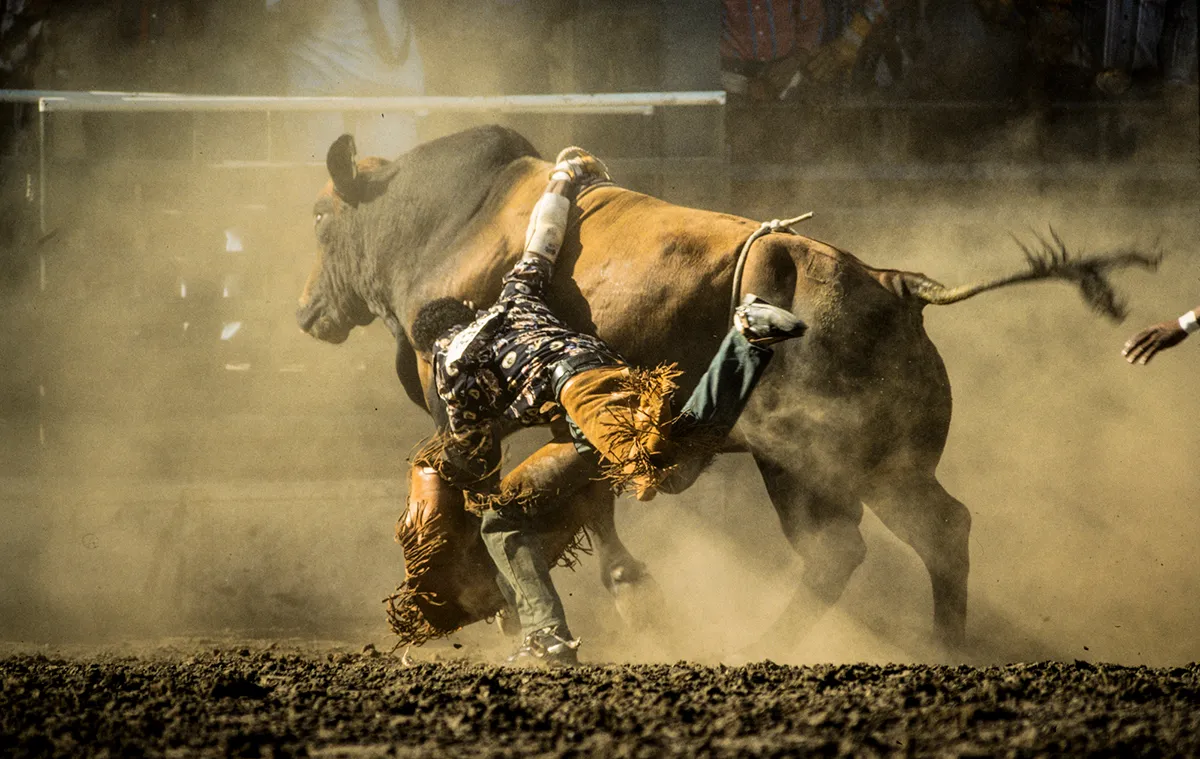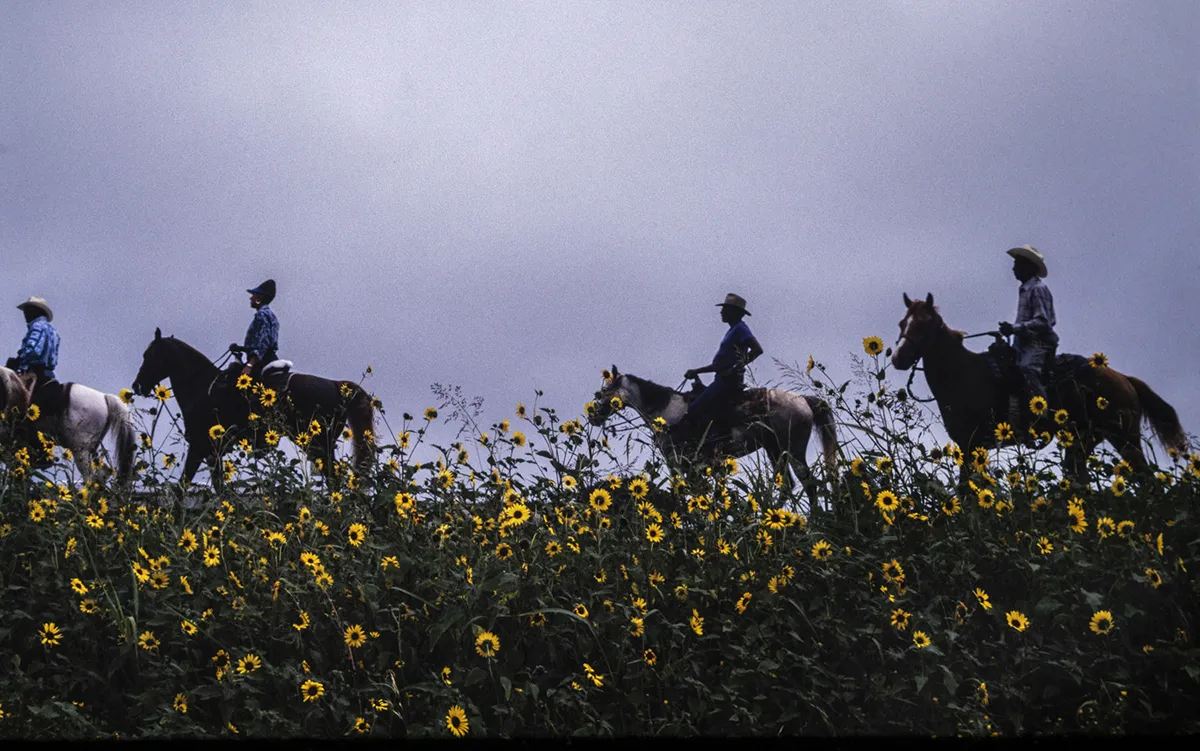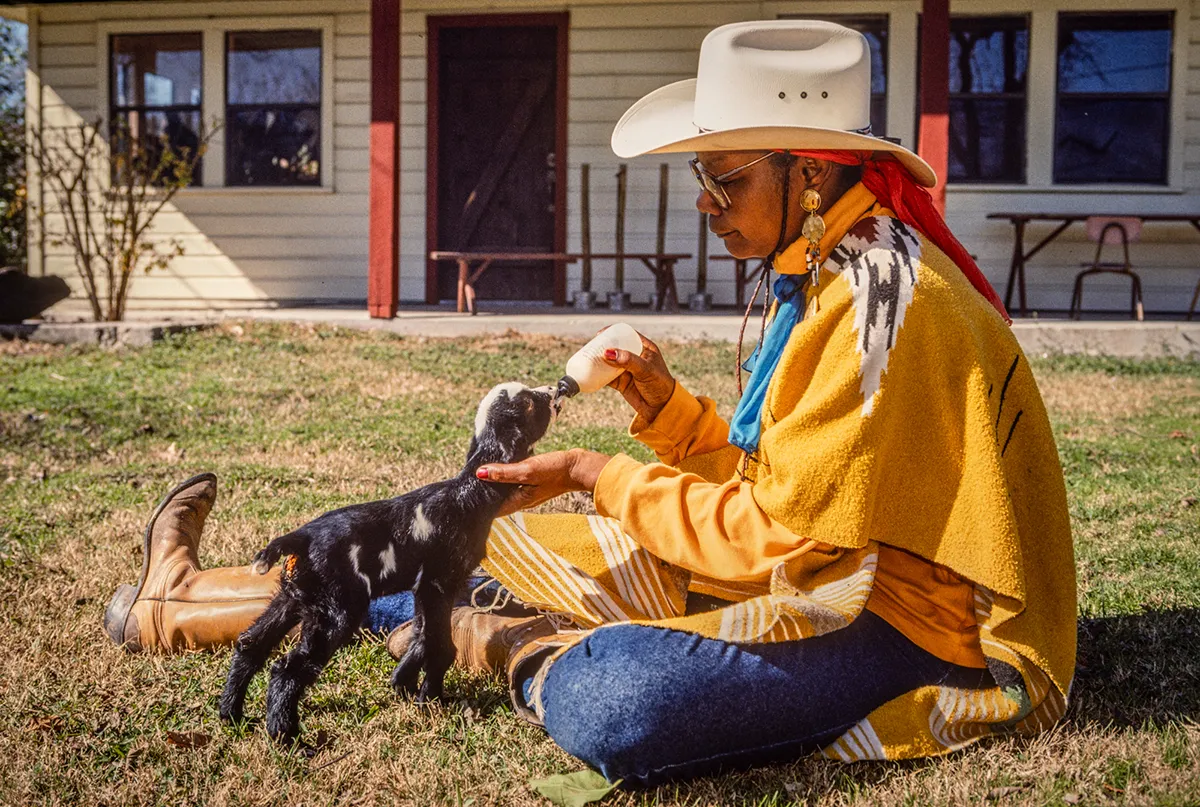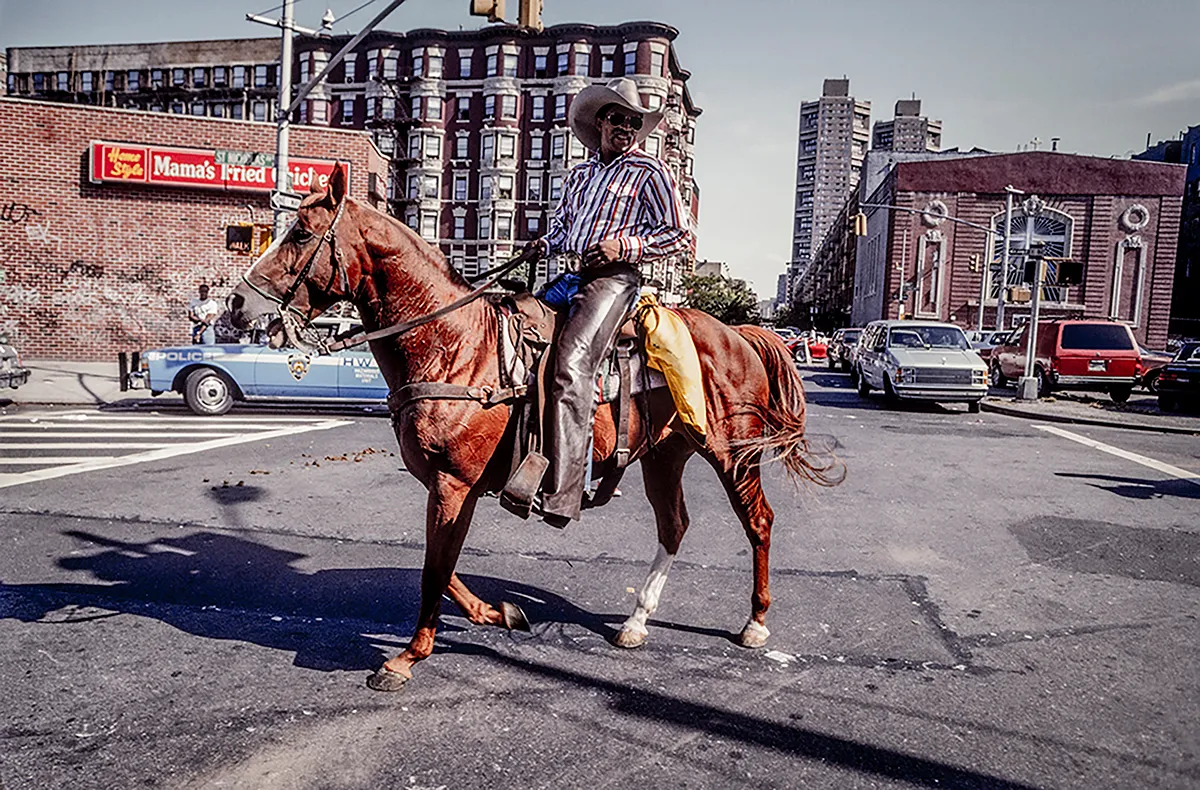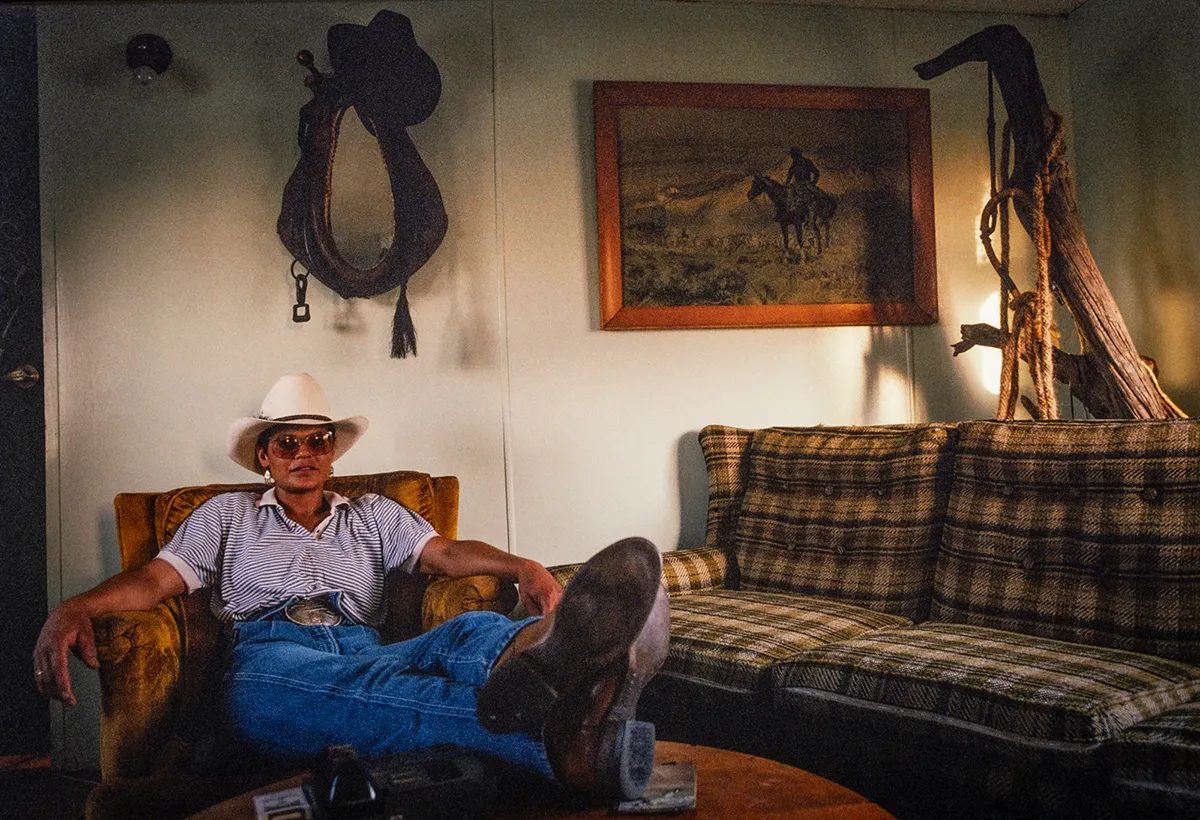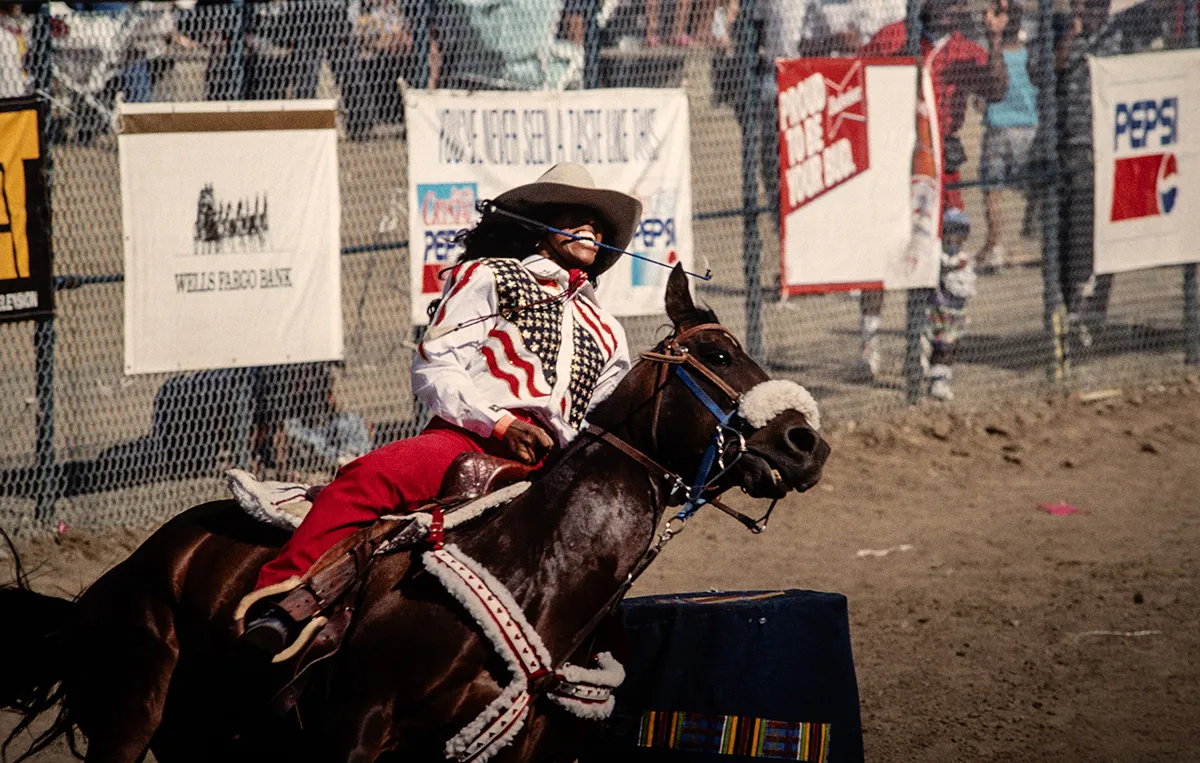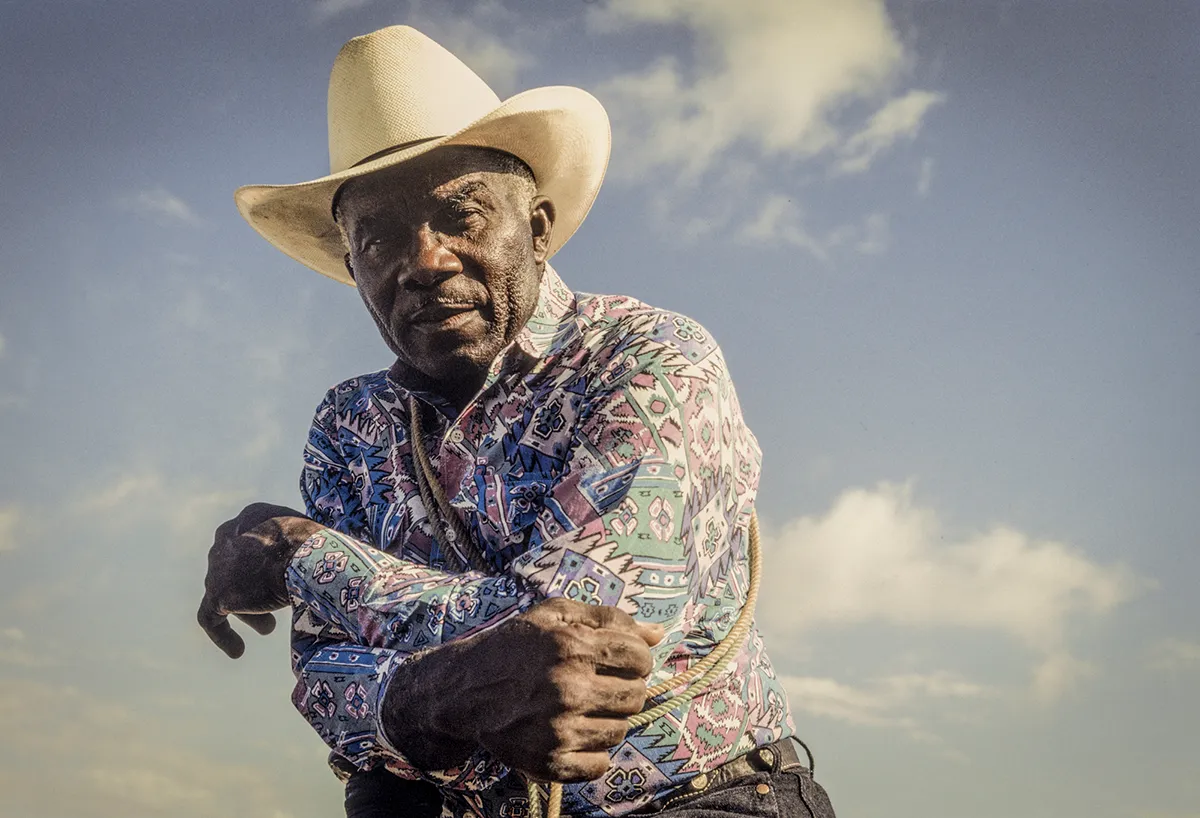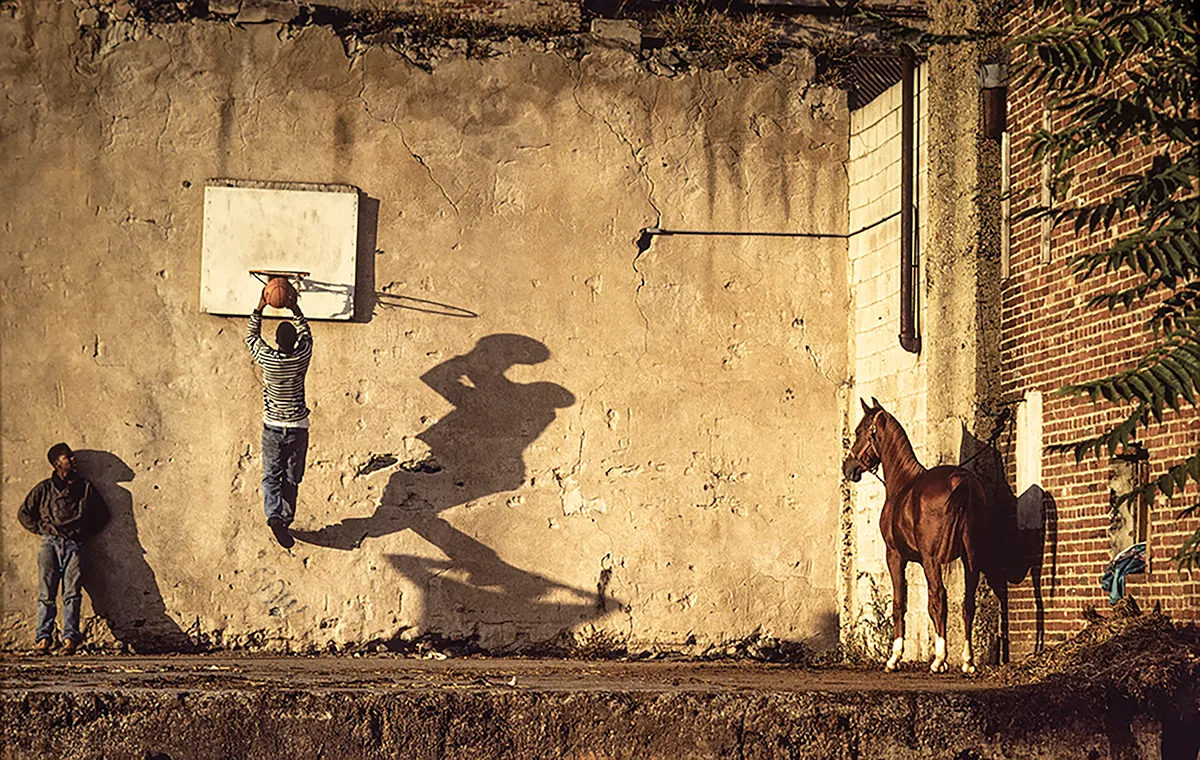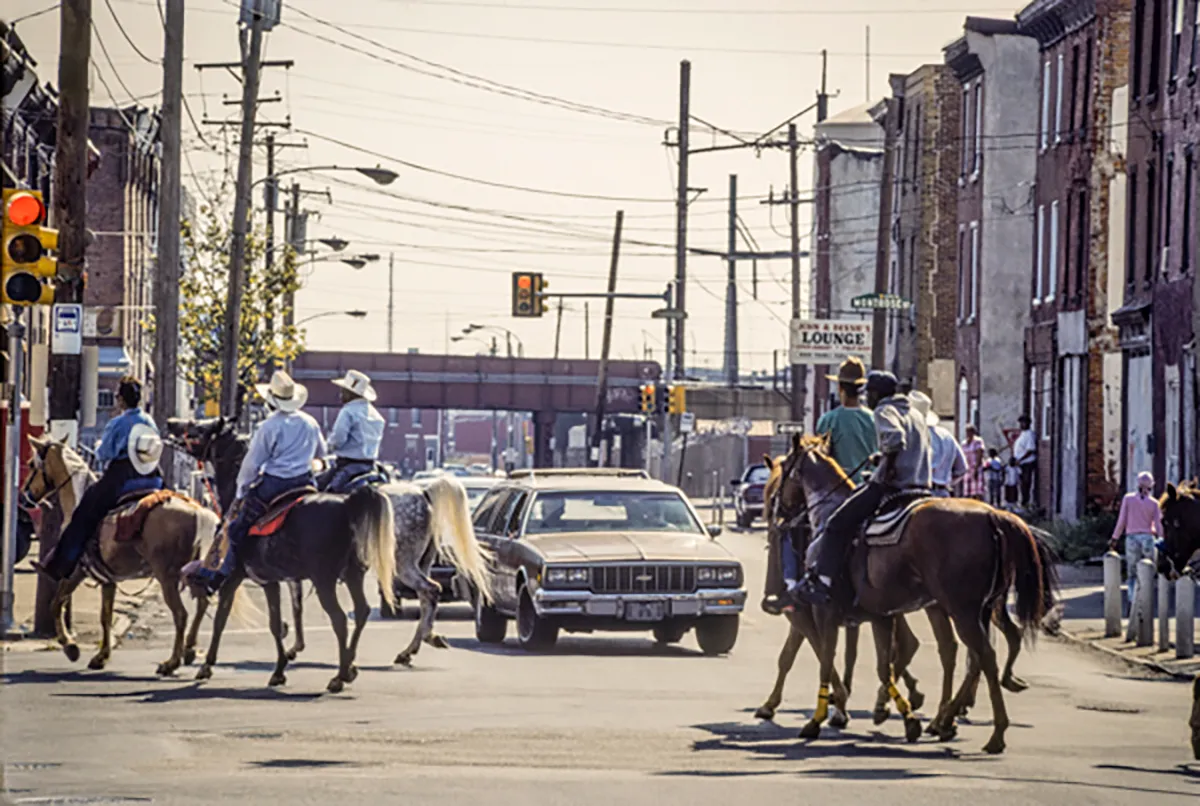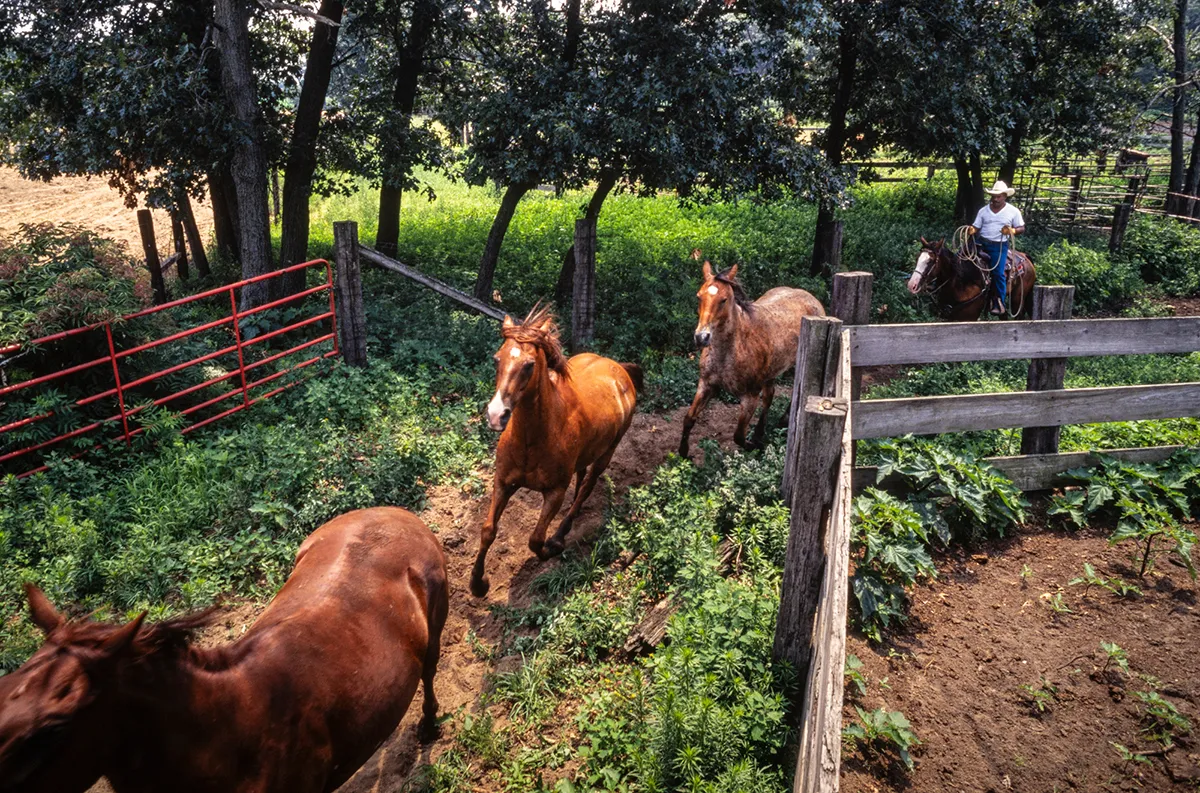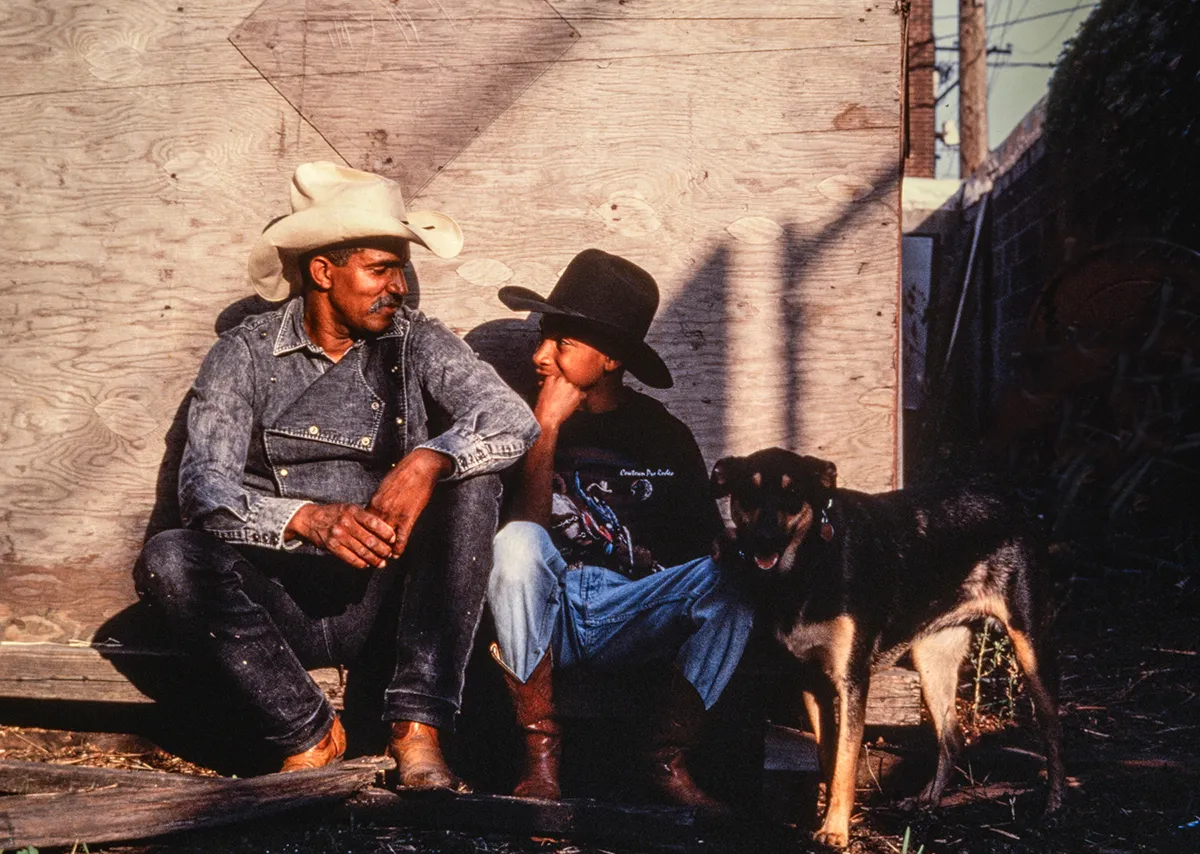Associate Professor of Art Ron Tarver, a Pulitzer Prize-winning photographer, published The Long Ride Home: Black Cowboys in America last month. With over 30 years dedicated to documenting Black Western culture, Tarver continues to correct the American cowboy narrative. His captivating monograph underscores a vital truth: Black people have always had Western heritage, and Black cowboys have always played a significant role in American history.
“We all built this country,” Tarver told the Philadelphia Inquirer, “and to remind people that we were in this culture and have been for a long time is important. I hope this book carries out that idea, as well as the beauty and majesty of it.”
The Long Ride Home features 110 photos of Black cowboys and rodeo queens, carefully selected by Tarver in collaboration with his friend and former National Geographic senior photo editor Elizabeth Cheng Krist. The images are part of his Black cowboy series — an unparalleled body of work comprising 20,000 film slides created over 30 years. The ’90s film images, with their tactile, nostalgic warmth, show Black people enjoying their Western heritage traditions, from New York to Oklahoma, Pennsylvania, and Texas.
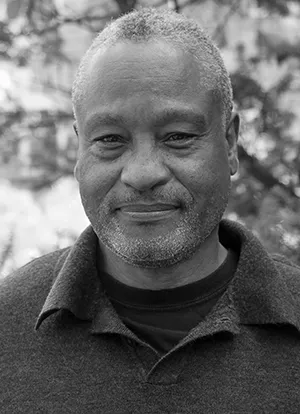
Tarver's book has also been covered by Hyperallergic, WHYY, Fox, USA Today, The Texas Standard, and The Muskogee Phoenix.
From urban cowboys parading down concrete canyons to Black-owned ranches, rodeos, and Texas trail rides, the book illuminates the breadth of Black Western culture. Alongside the photos is a foreword by Tarver and an essay by prominent historian Art T. Burton, who offers a thorough account of the Black cowboys who shaped America. Burton explains that 20% of cowboys in the Wild West were Black, and many of their stories trace back to Oklahoma — the birthplace that Tarver and Burton share.
“A tribute to a way of life both old and new,” Burton says, “Tarver’s unique photographic journey provides a valuable perspective on this world of Americana that all of us need to know, acknowledge, and appreciate.”
Tarver’s roots in Oklahoma make him uniquely suited to tell this story. Growing up in Fort Gibson, cowboy culture was woven into the fabric of everyday life. Cowboy boots and hats were common attire, the rodeo was a go-to event, and many young people spent summers working ranch jobs like baling hay. Tarver’s grandfather, Thomas Wilson, was a cowboy in the 1940s who drove cattle along the Verdigris River, from Fort Gibson to Catoosa, and built a reputation for having the best roping horse in the area. Tarver’s father, Richard Tarver, was a documentary-style photographer who made photos of Fort Gibson’s Black community and passed his skills on to his son.
Tarver’s Black cowboy photo series first appeared as a cover story in 1992 in the former Philadelphia Inquirer Sunday Magazine. After its publication, Tarver received more mail than he ever had before. As interest grew, his work expanded, and with a grant from National Geographic, he photographed cowboys across the country. This work led to a photo gallery on the first iteration of National Geographic’s website.
In years past, Tarver sought a book deal but was disheartened by dismissive feedback from publishers.
“In fact, one acquisition editor told me, ‘I don’t think there’s such a thing as Black cowboys,’” Tarver recalled. “I said, ‘I got about 20,000 slides says there are.’”
Despite the pushback he received, Tarver persisted in bringing Black cowboys to the forefront. He also inspired photographers like Ivan McClellan, who calls Tarver his “North Star as far as where the work can go.”
Now as he teaches Foundations in Photography, Tarver remains optimistic about the book’s release, recognizing that the cultural moment makes for perfect timing. While Beyoncé’s Cowboy Carter album from this past spring certainly spurred the mainstream cowboy craze, artists centering Black Western culture started gaining traction in recent years. Works that pushed the zeitgeist to a tipping point include Lil Nas X’s time-travel western "Old Town Road" (2018), Idris Elba’s Concrete Cowboy (2020) film based in Philadelphia’s Strawberry Mansion neighborhood, Jordan Peele's Nope (2022), Tanner Adell’s "Buckle Bunny" (2023), David Oyelowo's Lawmen: Bass Reeves (2023), Pharrell Williams’ Louis Vuitton American Western FW24 Collection, and Shaboozey’s Where I've Been, Isn't Where I'm Going (2024).
“If this book had come out when I wanted it to, it would have been long forgotten,” Tarver says.
There’s no chance of that happening now. Released on August 31, The Long Ride Home catapulted to Amazon’s Number 1 New Release in Individual Photographer Monographs, putting Tarver alongside photography legends like Robert Frank.
Up next, an exhibition of 40 large-format prints from the book will begin a national tour, with stops including The Depot in Norman, Okla., Montgomery County Community College, Stockton University, The Hudson River Museum, The Print Center in Philadelphia, and more to be announced.
